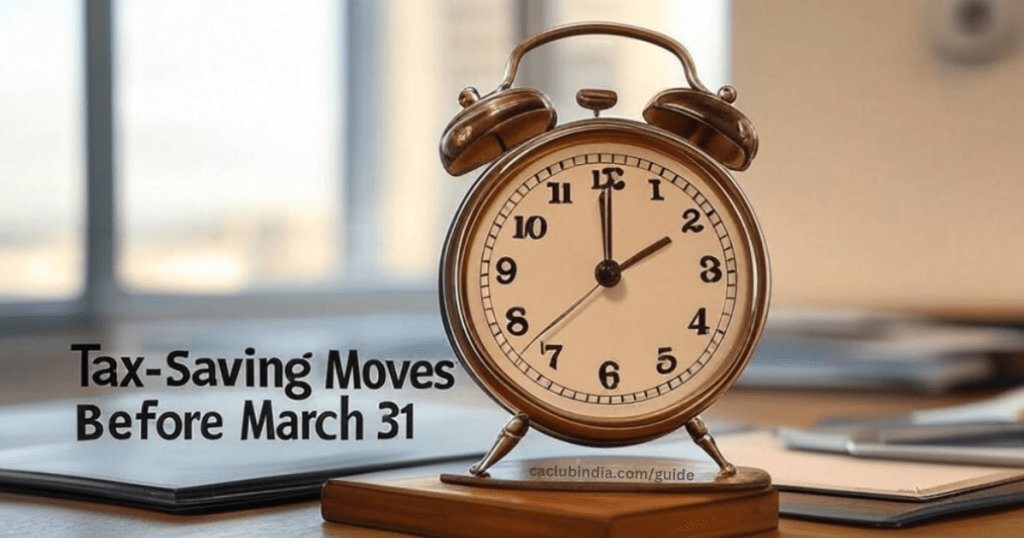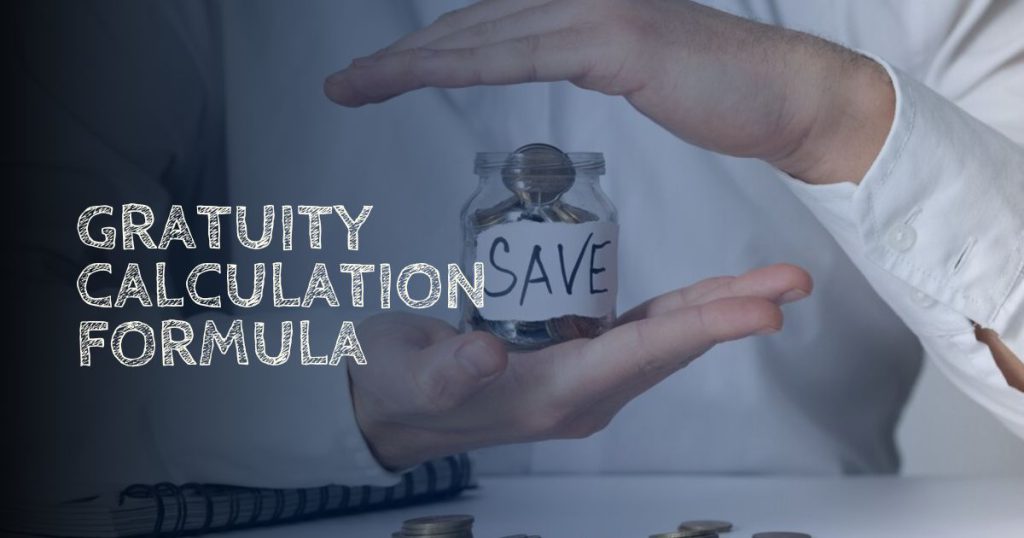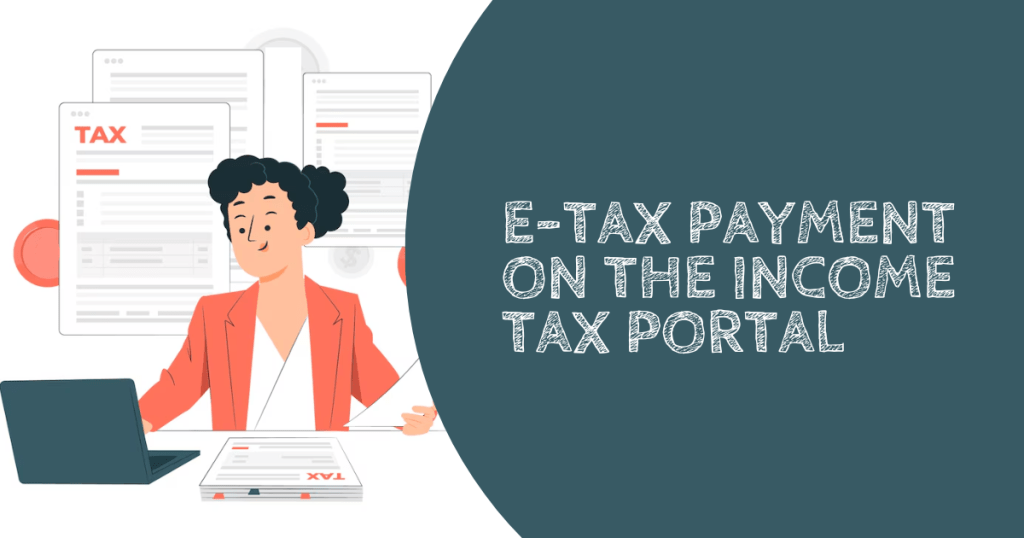
The first step is choosing between the new tax regime and the old tax regime, as this decision impacts your deductions and exemptions. Let’s explore the best ways to save on taxes!
Tax Regimes
There are two tax regime:
- Old Tax Regime
- New Tax Regime
For FY 2024-25 New tax Regime is the default tax regime.
Here, the term “default” means a pre selected option that is automatically selected unless the user chooses something different.
How to opt out?
- If you are a salaried individual – you can switch to the old regime while filing ITR.
- If you are a business individual – you need to file Form-10EA on or before the due date for filling the return of income u/s 139(1).
Tax Rates for FY 24-25
For Old Regime
| Individuals Below 60 Years | Senior Citizen Above 60 and Less 80 Years | Super Senior Citizen Above 80 Years |
| up to 2.5L – Nil | up to 3L – Nil | – |
| 2.5L to 5L – 5% | 3L to 5L – 5% | up to 5L – Nil |
| 5L to 10L – 20% | 5L to 10L – 20% | 5L to 10L – 20% |
| Above 10L – 30% | Above 10L – 30% | Above 10L – 30% |
Here,
Surcharge is also applicable if your income is:
- ₹50L to ₹1Cr – 10%
- ₹1Cr to ₹2Cr – 15%
- ₹2Cr to ₹5Cr – 25%
- ₹Above ₹5Cr – 37%
HEC Rate: 4% of the total tax (including surcharge, if applicable).
For New Regime
| Total Income | Tax Rate |
| Upto ₹3,00,000 | Nil |
| ₹3,00,001 to ₹7,00,000 | 5% |
| ₹7,00,001 to ₹10,00,000 | 10% |
| ₹10,00,001 to ₹12,00,000 | 15% |
| ₹12,00,001 to ₹15,00,000 | 20% |
| Above ₹15,00,000 | 30% |
Here,
Surcharge is also applicable if your income is:
- ₹50L to ₹1Cr – 10%
- ₹1Cr to ₹2Cr – 15%
- Above ₹2Cr – 25%
HEC @ 4% of the total tax (including surcharge, if applicable).
Rebate u/s 87A
| Regime | Income | Rebate Amount |
| Under old Regime | Income up to ₹5L | Tax or up to ₹12500 rebate whichever is lower. |
| Under New Regime | Income up to ₹7L | Tax or up to ₹25000 rebate whichever is lower. |
Note:
- For special rate income, rebate is only available under old tax regime.
Special Rate Income
Special Rate Income are the types of income that are taxed at specific rates which are different from the normal slab rates under income tax laws.
These rates are predefined and usually apply to certain categories of income.
- Short-Term Capital Gains (STCG) on Listed Securities – 20% u/s 111A.
- Long-Term Capital Gains (LTCG) on Listed Securities – 12.5% u/s 112A.
- Lottery, Betting, and Gambling Winnings – 30% u/s 115BB.
Deductions Available
| Particulars | Old Tax Regime | New Tax Regime |
| Standard Deduction | ₹50,000 | ₹75,000 |
| Rebate | ₹12500 including special rate income | ₹25,000 only on normal rate income. |
| Marginal Relief | No | Yes |
| NPS Contribution by employer | Yes | Yes |
| Family Pensioners | Yes | Yes |
| Interest on Home Loan u/s | Both Self occupied and Let out property | Only for let out property |
| Deduction u/s 80C | Yes | No |
| Contribution to Agniveer Corpus Fund u/s 80CCH | Yes | Yes |
| Exemption on voluntary Retirement u/s 10(10C) | Yes | Yes |
| Exemption on leave encashment | Yes | Yes |
| Transport Allowance for specially abled person | Yes | Yes |
| Expense for travelling to work u/s 80JJAA. | Yes | Yes |
| Loss of House Property | Yes | Cannot be set-off and carry forward with other income |
| Conveyance Allowance | Yes | Yes |
| Medical Insurance Premium u/s 80D | Yes | No |
| Interest on Education Loan u/s 80E | Yes | No |
| Donation to political party or trust etc. u/s 80G | Yes | No |
| Professional Tax | Yes | No |
| Interest on saving bank u/s 80TTB | Yes | No |
| HRA Exemption | Yes | No |
| Gratuity u/s 10(10) | Yes | Yes |
| Interest on electric vehicle loan u/s 80EEB | Yes | No |
Click Here – Deductions Allowed to Salaried Individuals in New Tax Regime
What is Marginal Relief?
Marginal Relief is a tax relief provision provided by the government to reduce the additional tax liability for individuals whose income slightly exceeds a particular tax threshold by a small margin.
This is only available under new tax regime.
If the total income of an resident individual is ₹7,00,000, then a person is eligible for tax relief under a certain threshold, but if income increases to ₹7,01,000, then a person may face higher taxes due to crossing the limit.
With marginal relief, a person may only pay the tax on the additional ₹1,000 at the higher rate, rather than the full increase in tax from the higher tax bracket.

